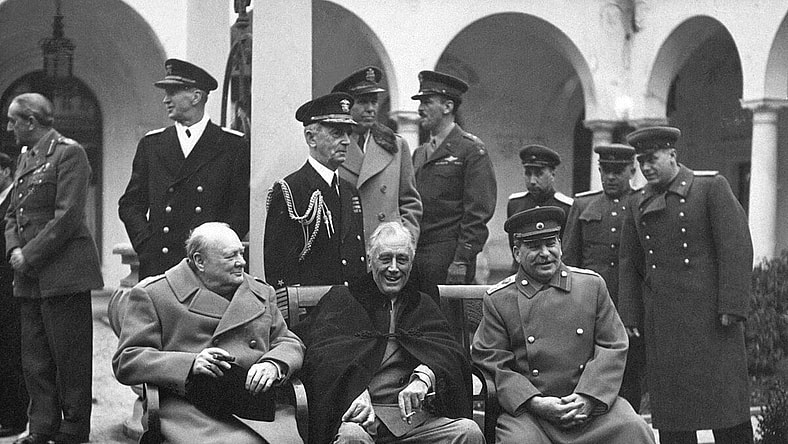
World War II may have spanned from 1939 to 1945, but the impact of these events and the leaders of World War II lasted for decades. One of the deadliest wars, it brought several world powers into the fray, creating two main adversaries: the Allies and the Axis. Their leaders fought for what they thought was right, and their actions are now in history books. Learn more about these six key leaders of World War II below.
6. Emperor Hirohito (Japan)
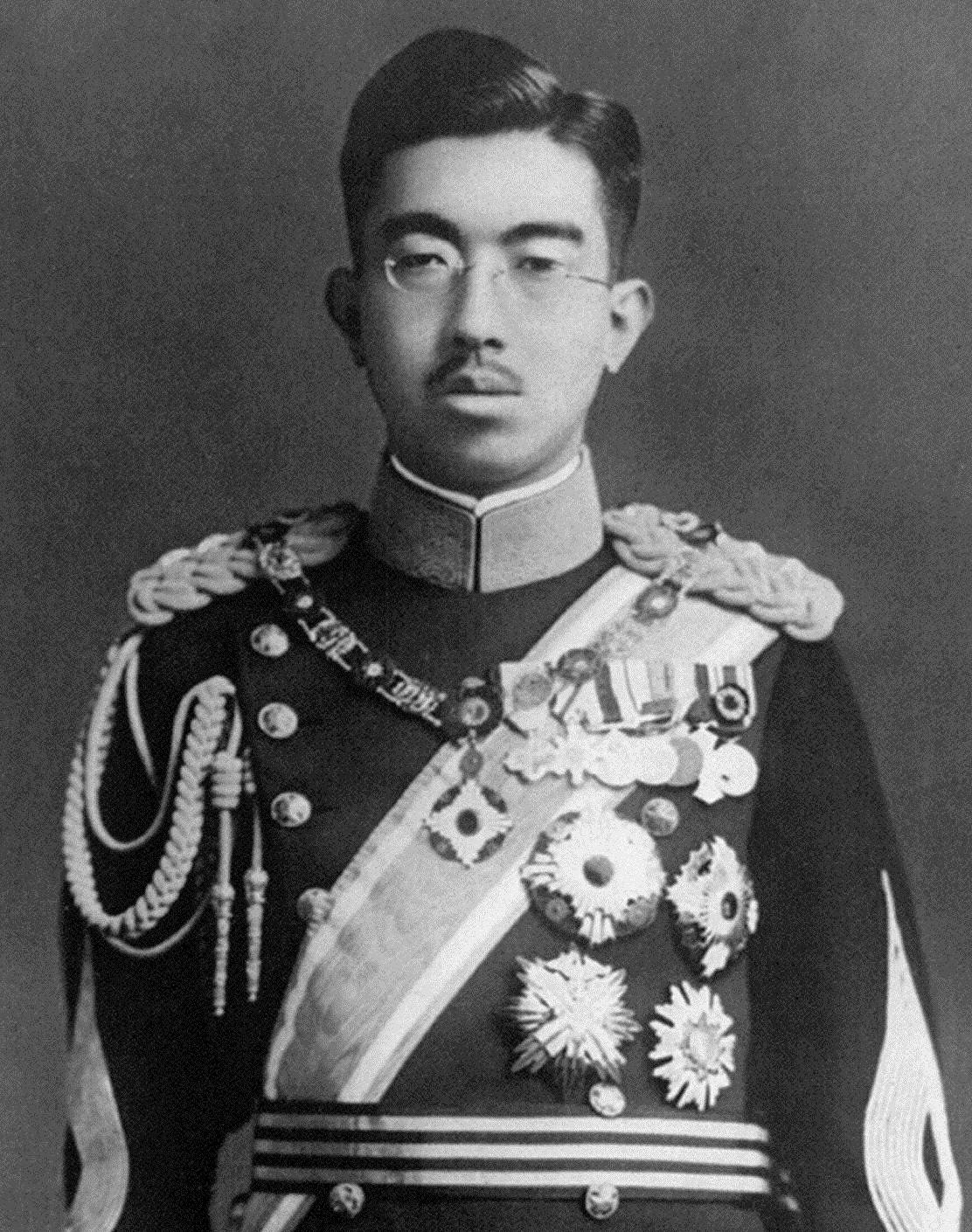
Starting our list of leaders of World War II is Emperor Hirohito of Japan. Hirohito is often seen through the view of Japan’s military expansion during the time, which led to immense suffering across Asia. His true role was more complex, marked by his acceptance of Japan’s surrender and renunciation of divine status. This allowed Japan to transform into a pacifist nation, and help influence the country’s culture and politics.
RELATED: 6 World War II Heroes Who Are Often Overlooked
5. Benito Mussolini (Italy)
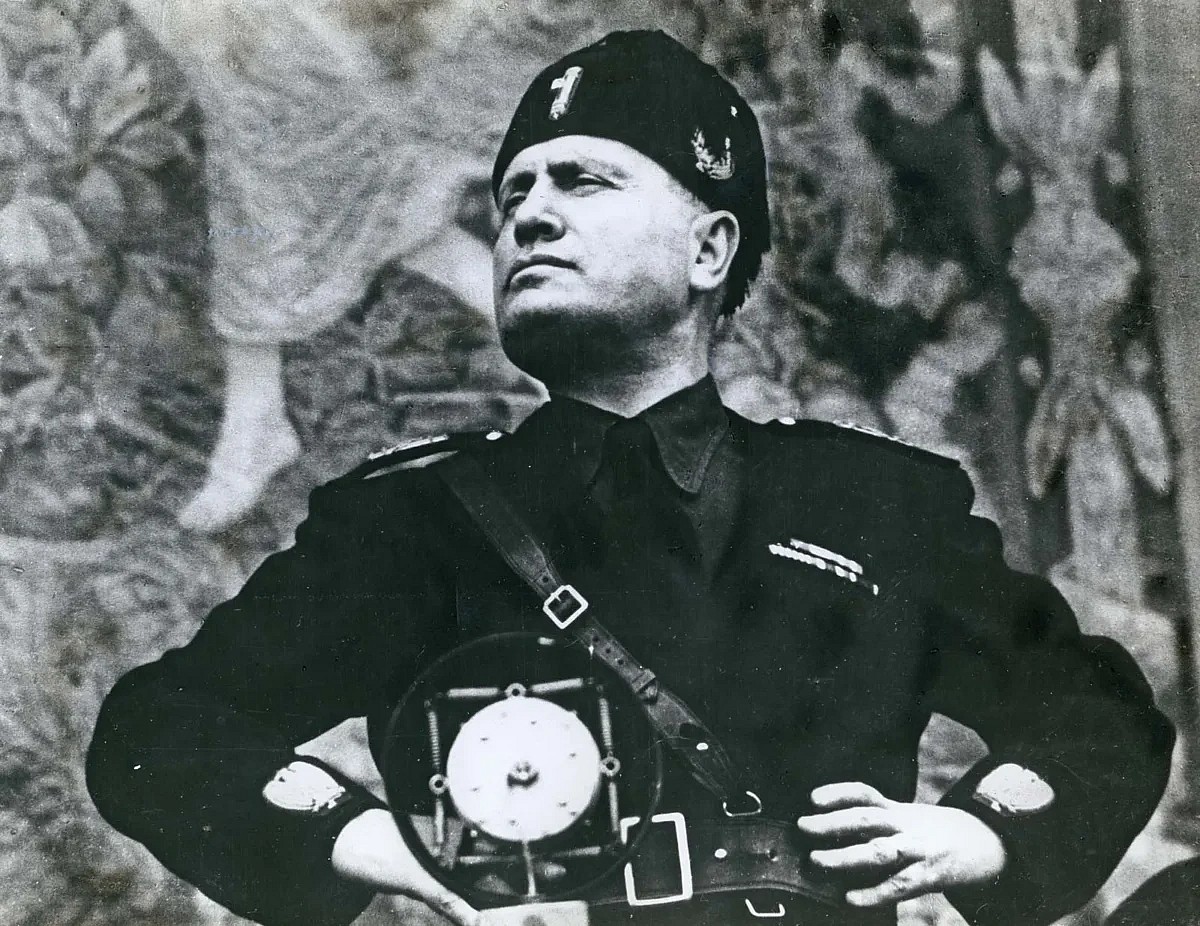
Fifth on our list of leaders of World War II is Benito Mussolini of Italy. Mussolini’s fascist tendencies drew the country into WWII, but on the side of the Axis, he dreamed of recreating the Roman Empire. Mussolini prized strict control and grand speeches, but his military skills were lacking. Italy’s setbacks in the war forced Mussolini out by his own council and reflected the failure of a dictatorial leadership.
4. Joseph Stalin (Soviet Union)
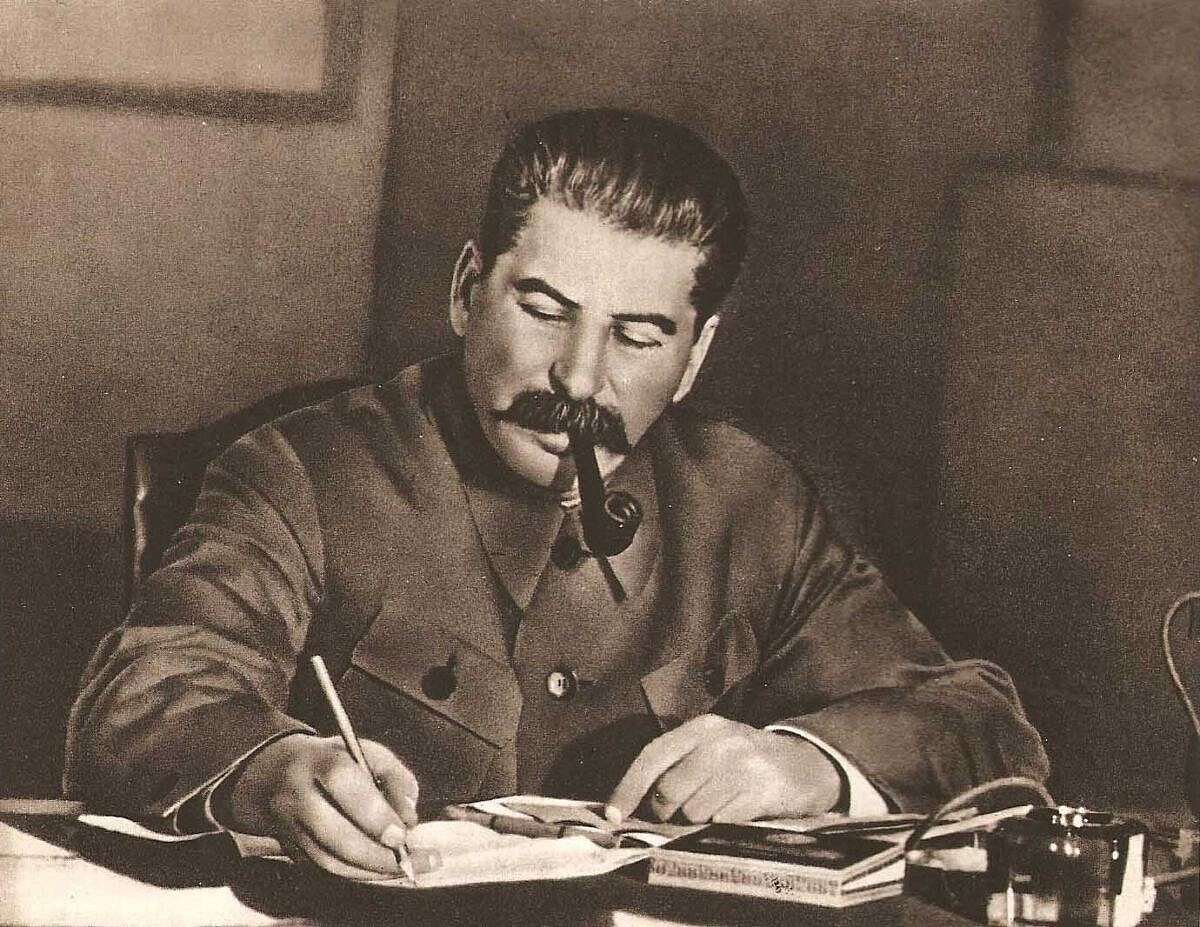
Next up on our list of leaders of World War II is Joseph Stalin. Also known as the General Secretary of the Communist Party of the Soviet Union, Stalin was unyielding in his leadership. Through his ruthless strategies and wartime production, the Soviet Union turned into a military superpower. While impressive, Stalin’s leadership also contained widespread oppression and the deaths of millions for military gains.
CHECK OUT: 5 Rare World War II Artifacts and the Stories They Tell
3. Franklin D. Roosevelt (United States)
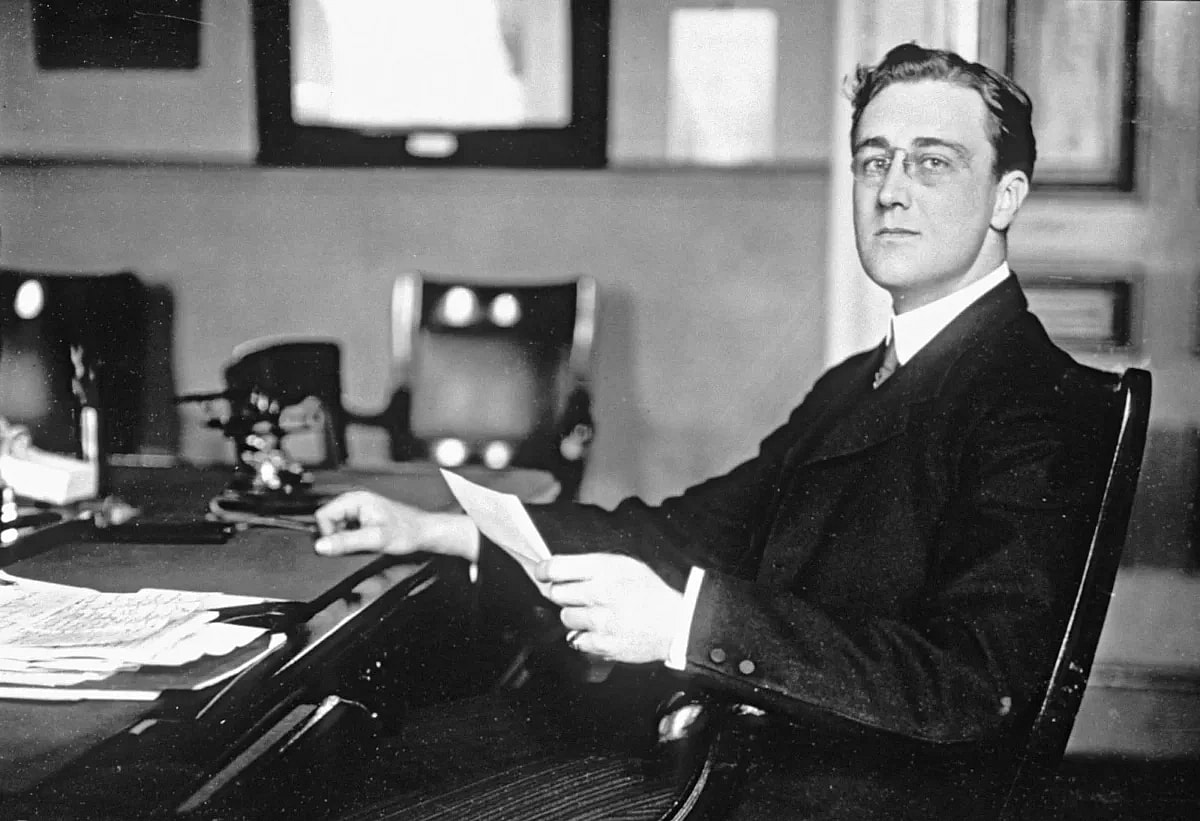
Rounding out the top three leaders of World War II was Franklin D. Roosevelt, the President of the United States. Roosevelt was the only American president elected to four terms and led with a vision that spread beyond his country. His administration’s Lend-Lease Act helped provide support for the Allies in Europe, but his key identity lay within mass media to gain support for the war effort. Roosevelt also helped establish the United Nations, prizing a post-war peace.
ALSO READ: 5 Deadliest Wars In History: From World Wars to Civil Wars
2. Winston Churchill (United Kingdom)
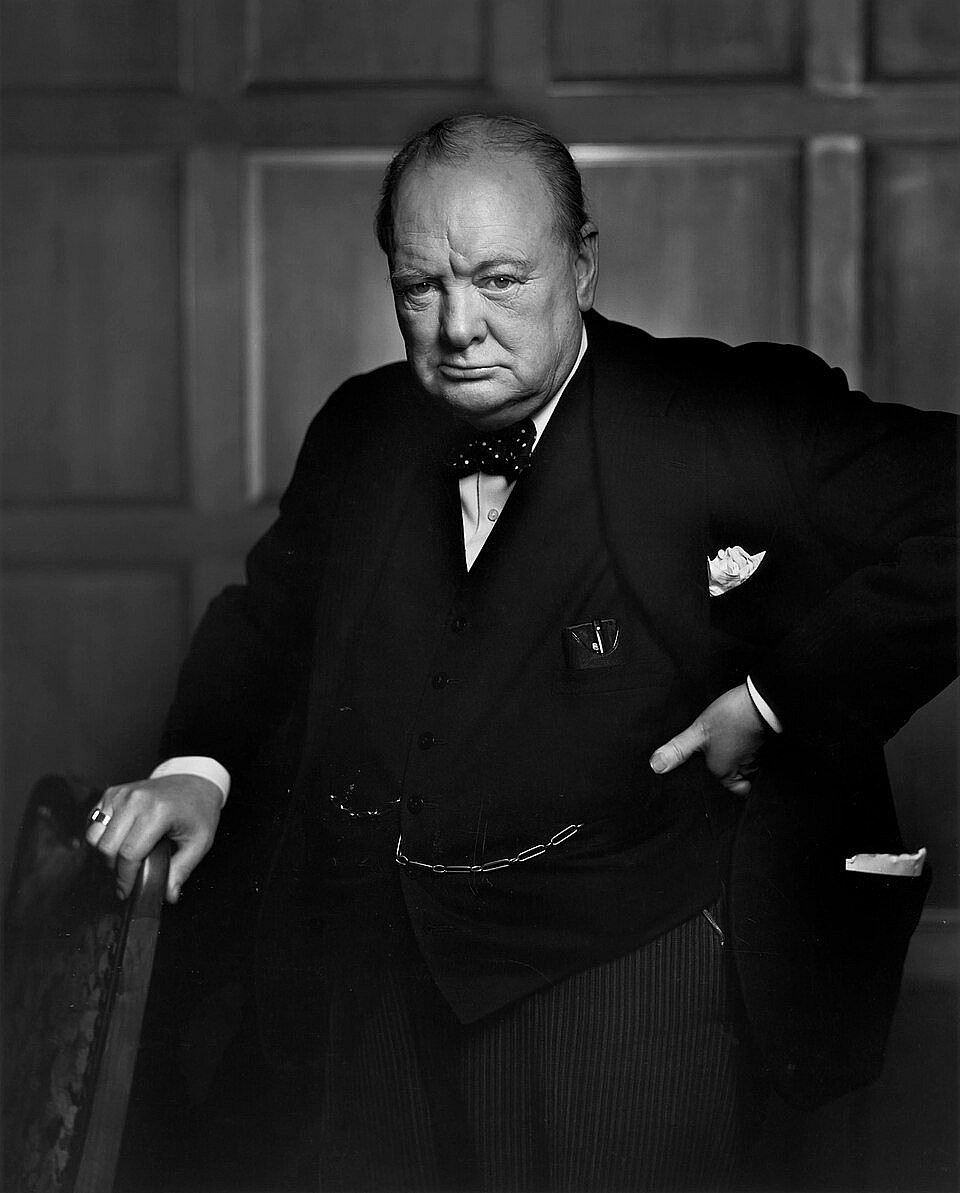
Second on our list of leaders of World War II is Winston Churchill, the Prime Minister of Britain. Stepping into the role during the country’s darkest hour, Churchill brought support to Britain in various ways. His speeches gained public support, and his refusal for defeat helped bolster the war effort and morale. Along with his impeccable public speaking, Churchill fostered the US-UK alliance, allowing for a united effort against the Axis powers.
1. Adolf Hitler (Germany)
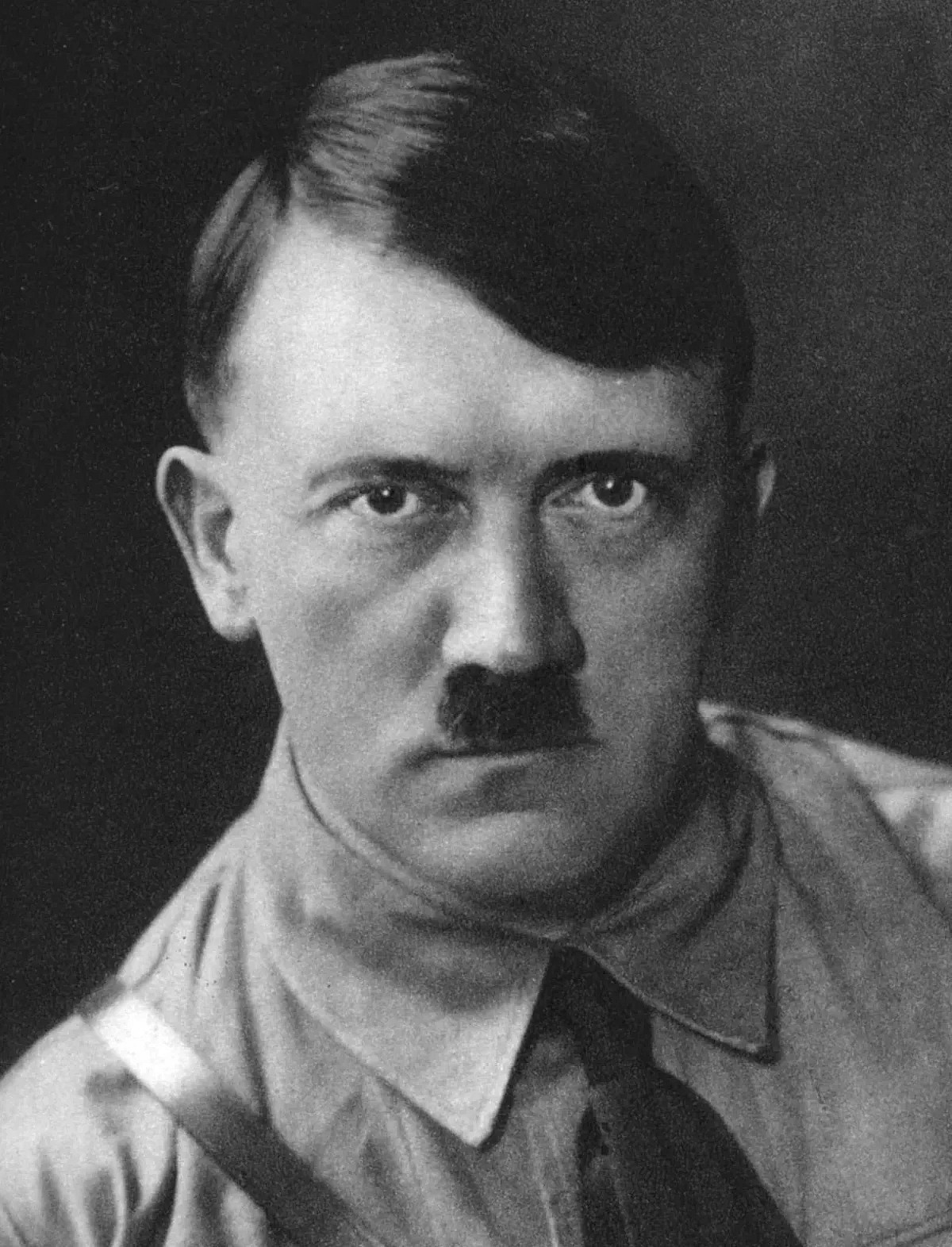
Last but not least on our list of leaders of World War II is Adolf Hitler. While the head of the Axis powers, his strategic rise to leadership and subsequent actions in the war have continued to impact people generations after. Hitler’s rise to Chancellor was by using Germany’s economic troubles and nationalistic passions to his favor. His aggressive policies and unending pursuit of racial purity led to the Holocaust and World War II, revealing his tyrannical nature and penchant for destruction.
CHECK OUT: 6 Shocking War Tactics That Actually Worked


